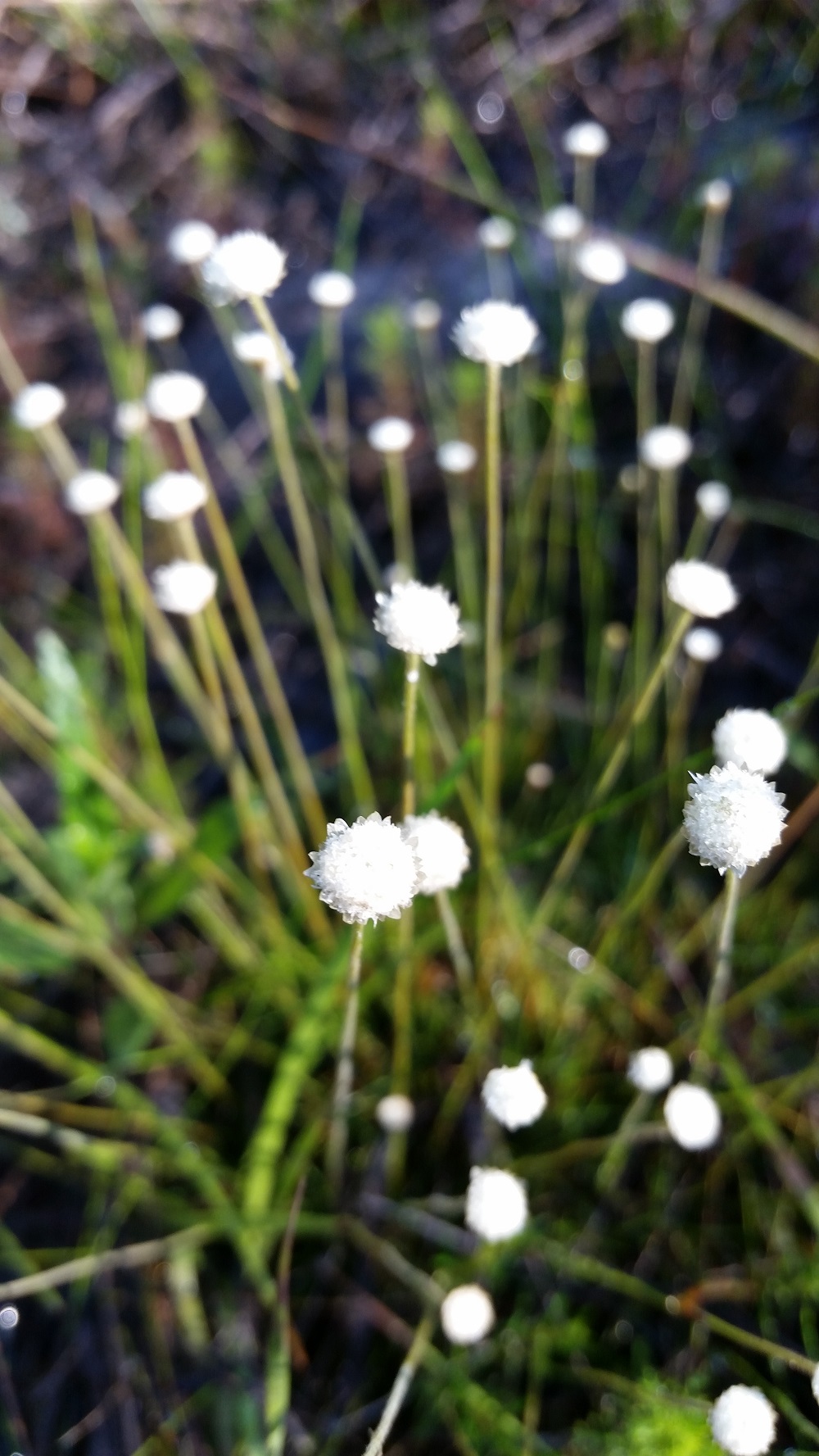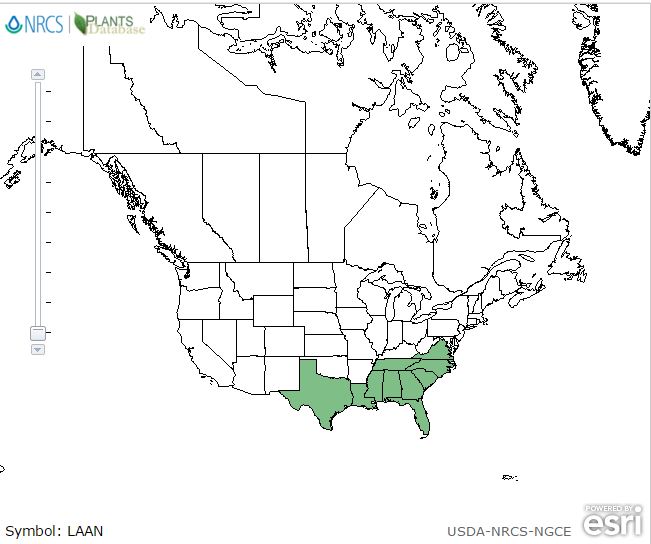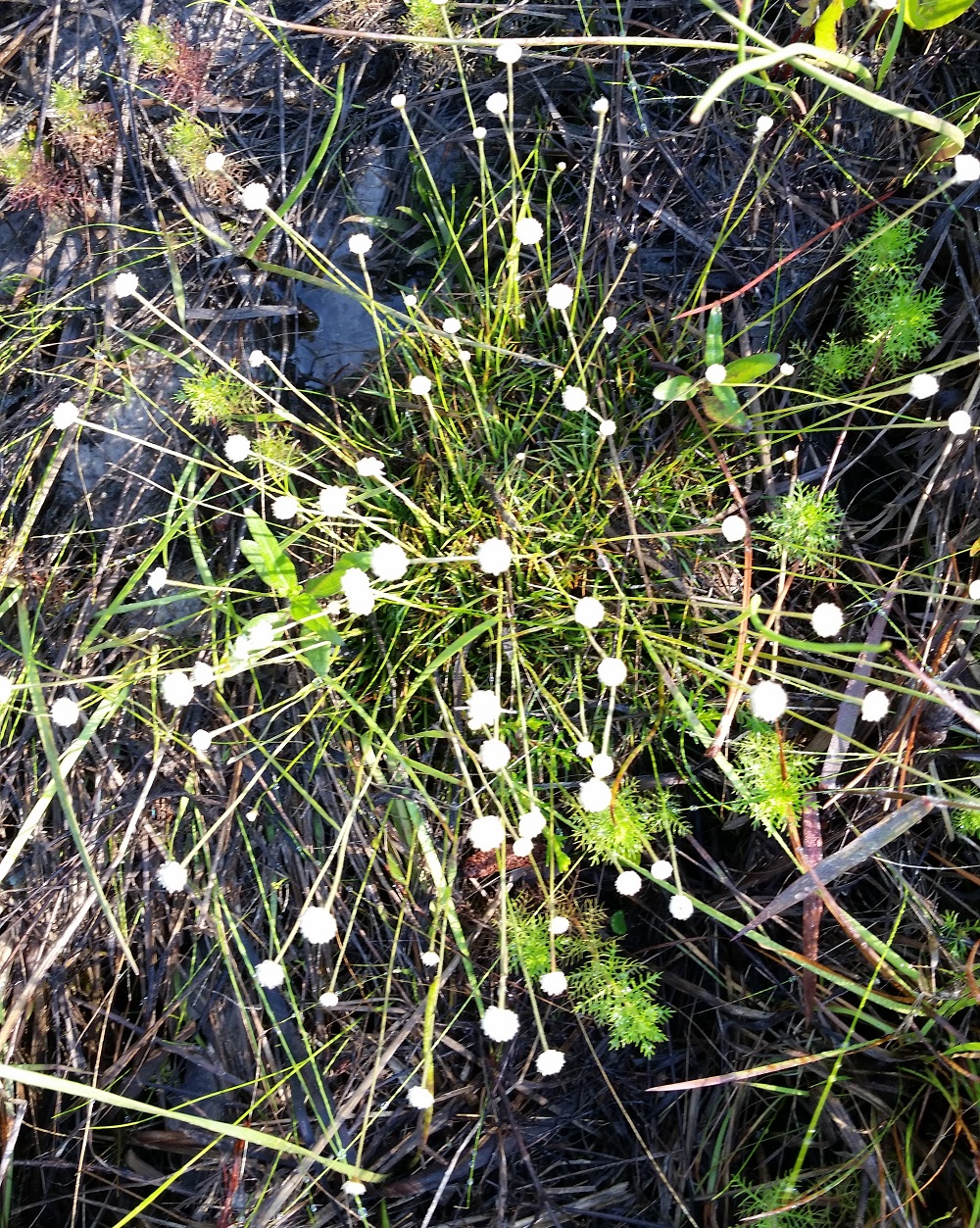Difference between revisions of "Lachnocaulon anceps"
Emmazeitler (talk | contribs) |
|||
| Line 42: | Line 42: | ||
<!--===Diseases and parasites===--> | <!--===Diseases and parasites===--> | ||
| − | ==Conservation and | + | ==Conservation, cultivation, and restoration== |
| − | == | + | ==Cultural use== |
==Photo Gallery== | ==Photo Gallery== | ||
<gallery widths=100px> | <gallery widths=100px> | ||
Revision as of 16:53, 8 June 2021
| Lachnocaulon anceps Kunth | |
|---|---|

| |
| Photo by Katelin Pearson | |
| Scientific classification | |
| Kingdom: | Plantae |
| Division: | Magnoliophyta - Flowering plants |
| Class: | Liliopsida - Monocotyledons |
| Order: | Eriocaulales |
| Family: | Eriocaulaceae |
| Genus: | Lachnocaulon |
| Species: | L. anceps |
| Binomial name | |
| Lachnocaulon anceps Kunth | |

| |
| Natural range of Lachnocaulon anceps from USDA NRCS Plants Database. | |
Common name: Common bogbuttons[1]
Contents
Taxonomic notes
Synonyms: Lachnocaulon glabrum Körnicke; L. floridanum Small.[1]
Varieties: none.[1]
Description
Distribution
This plant ranges from southern New Jersey to southern Florida, then west to southeastern Texas. There are disjunct populations in Tennessee and the West Indies.[1]
Ecology
Phenology
L. anceps flowers from May through October.[1]
